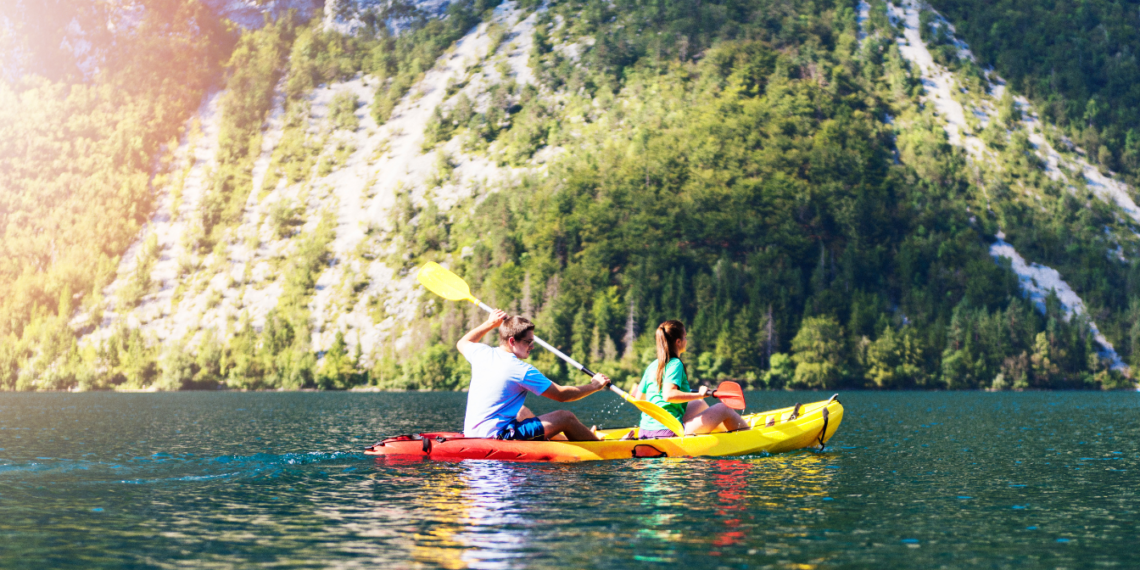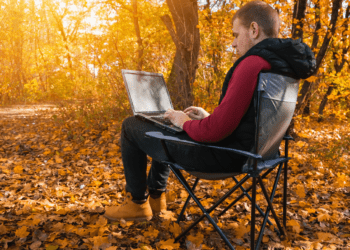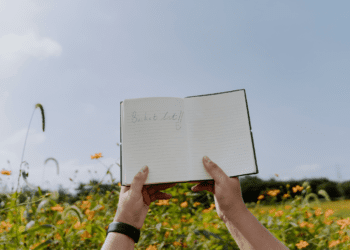Have you ever dreamed of escaping the city’s hustle and immersing yourself in nature’s serenity? Kayaking and canoeing adventures let you do just that. Imagine gliding on tranquil waters, surrounded by lush forests and towering mountains. It’s a chance to connect with nature in a unique way.
There are countless scenic waterways to explore, from gentle rivers to pristine lakes. Kayaking and canoeing offer a unique view of the world and many benefits. They work out your core, arms, and back, boosting strength and endurance. Plus, the rhythmic motion can be meditative, reducing stress and promoting calm.
Whether you’re into thrilling rapids or peaceful flatwater, there’s a kayaking or canoeing adventure for you. With the right gear and knowledge, you can confidently start your own journey. You’ll make memories that last a lifetime in the great outdoors.
Key Takeaways
- Kayaking and canoeing offer a unique way to explore nature and escape the city.
- Paddling adventures can be found on various waterways, from rivers to lakes.
- Kayaking and canoeing provide physical and mental benefits, such as improved strength and reduced stress.
- Adventures are available for all skill levels, from beginner to experienced paddlers.
- With proper gear, technique, and safety knowledge, anyone can enjoy unforgettable paddling experiences.
Discover the Joys of Paddling in the Great Outdoors
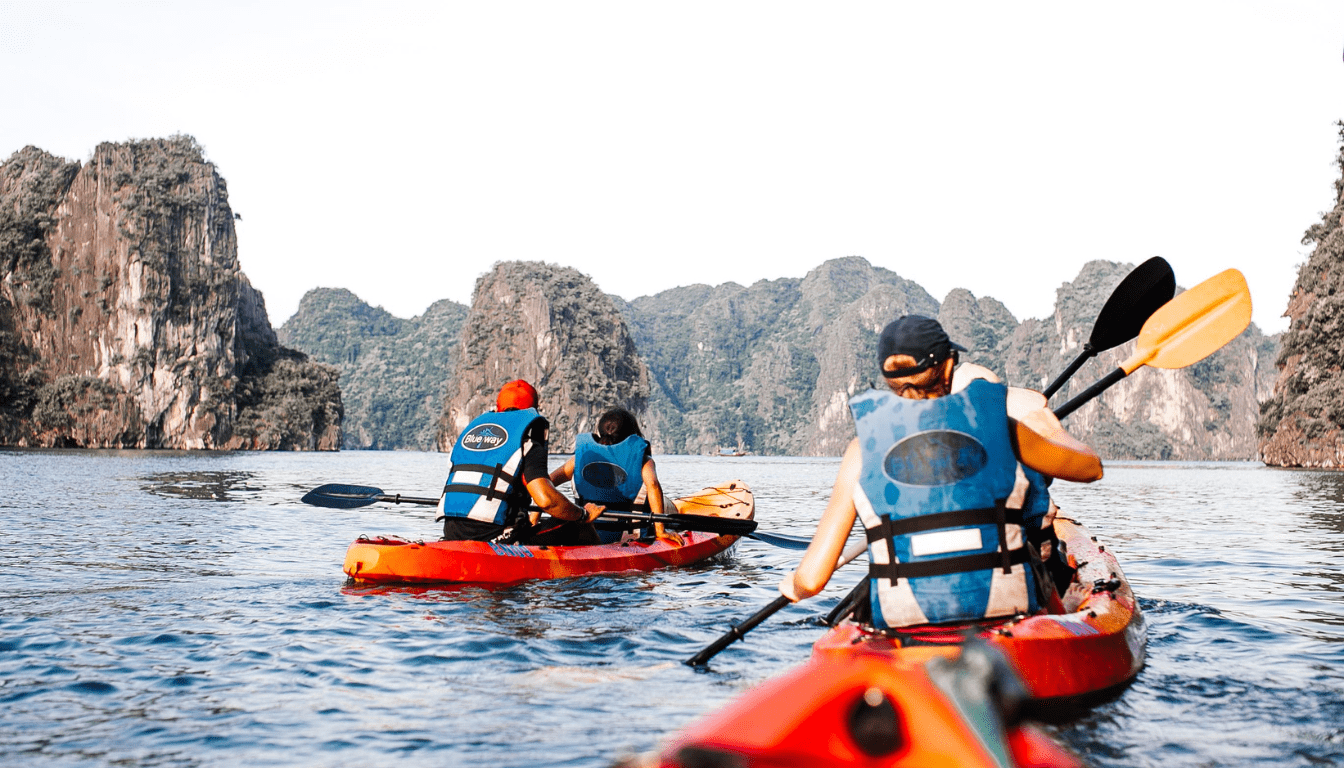
As I start my guided paddling adventures, I dive into nature’s wonders. Paddling through scenic waterways, I’m surrounded by stunning landscapes and wildlife. Whether it’s a calm canoe trip or exciting whitewater rapids, nature always amazes me.
One highlight was a kayak tour through Louisiana’s wetlands. Led by experts, I explored different ecosystems. We saw swamps with cypress trees and vast marshes leading to Lake Pontchartrain. Each moment was a treat for my senses.
The tour also let me experience local culture and food. We had a delicious lunch at a local spot. And, I enjoyed a scoop of creamy ice cream afterwards. These small moments make guided paddling adventures special.
I love the knowledge and passion of the guides. They keep us safe and teach us about nature. Whether I’m new or experienced, I always learn something new. These tours are perfect for 4th graders and up, making it feel like a close-knit adventure.
“There’s nothing half so much worth doing as simply messing about in boats.” – Kenneth Grahame, The Wind in the Willows
Thinking about my next paddling trip, I see so many options. From Michigan’s calm lakes to Colorado’s wild rivers, there’s always something new. Each trip offers a mix of beauty, growth, and memories to cherish.
| Location | Activities | Season |
|---|---|---|
| Jackson County, Florida | Canoeing, kayaking, tubing, swimming, fishing | Year-round (with some off-season limitations) |
| Merritt’s Mill Pond | Paddling, swimming | Year-round |
| Apalachee Wildlife Management Area | Hiking, hunting | Year-round |
So, if you’re ready for adventure or just curious, come join me. Let’s explore the great outdoors together. Grab your paddle and let nature lead you on an amazing journey. Adventure is waiting for you!
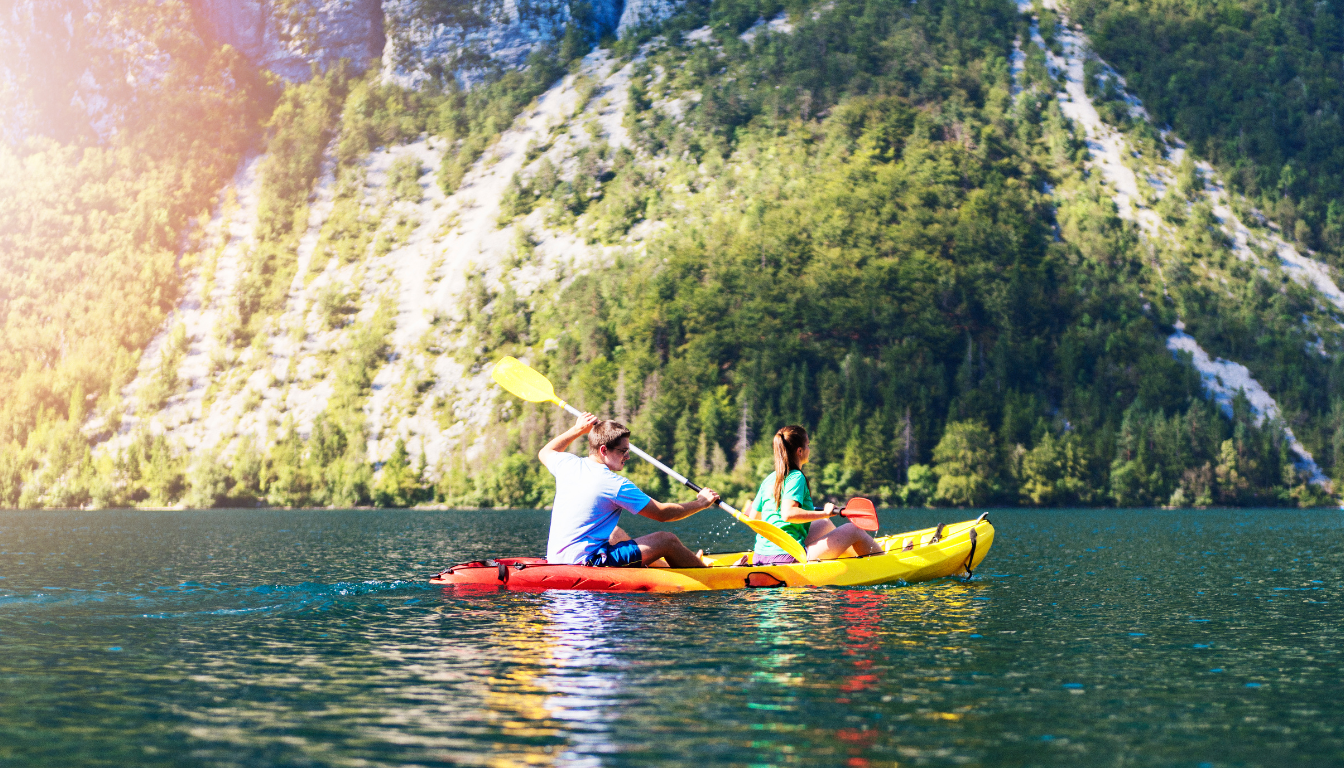
Start an exciting journey through nature’s waterways with kayaking and canoeing. These activities are great for both experts and beginners. They let you see the outdoors in a new way. You’ll feel the thrill of moving through rapids or the calm of floating on lakes.
River kayaking gives you a mix of excitement and peace. You can choose from fast-moving rapids or calm stretches of water. Beginners can join guided tours with expert instructors. This way, you’re safe and have fun.
As you move through the river, you’ll see beautiful views and wildlife up close.
Lake canoeing is great for those who want a calm paddle. You’ll move smoothly over the water, taking in the stunning views. Outfitters offer canoe rentals, so you can explore at your pace.
Enjoy the sights of mountains, forests, and peaceful shores as you paddle. It’s a way to connect with nature.
| Adventure | Duration | Price | Suitable For |
|---|---|---|---|
| Canoe & Kayak Tour | 3 hours | $60 per person | 4th graders and above |
| New Orleans Boat Tour | 5-6 hours | $120 per adult, $99 per child | Families, includes lunch |
| Kayak, Canoe & Paddleboard Rentals | Flexible | Varies | All skill levels |
Choosing a guided tour or renting a kayak, you’ll make memories that last forever. It’s a chance to step away from daily life and enjoy nature’s beauty. Kayaking and canoeing are perfect for this.
Essential Gear for Your Paddling Journey
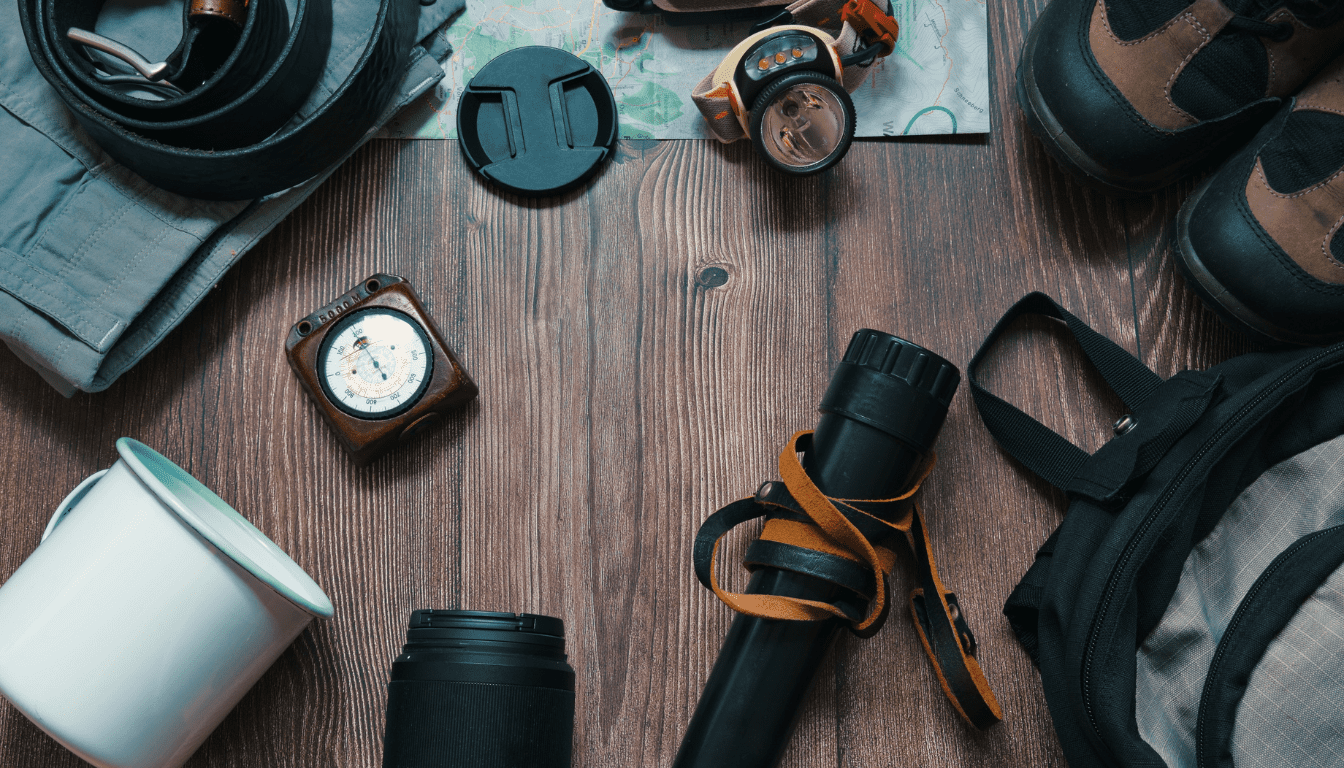
As I get ready for my kayaking and canoeing trip, I know how important the right gear is. It doesn’t matter if you’re new or have been paddling for years. Good equipment is key for a safe and fun time on the water.
Choosing the Right Kayak or Canoe for Your Skill Level
First, pick the right kayak or canoe for your skill level and the water you’ll be on. As a beginner, I chose a stable kayak for calm waters. Experienced paddlers might want a sea kayak, which is longer and safer in rough waters.
Must-Have Safety Equipment and Accessories
Always put safety first in water activities. Here’s what you need for kayaking and canoeing:
- Life jackets or personal flotation devices (PFDs) for each paddler
- Whistle for emergencies
- Bilge pump or bailer to remove water
- Throw bag with rope for rescues
- First-aid kit with basic supplies
Also, think about these accessories to make your trip better:
- Paddle leashes to keep your paddle with you
- Dry bags to keep things dry
- Waterproof phone case for your device
- Kayak or canoe cart for easy transport
Proper Clothing and Footwear for Comfort on the Water
Wear the right clothes and shoes for the weather and water. Here’s what to wear:
| Weather | Clothing | Footwear |
|---|---|---|
| Warm, sunny | Lightweight shirts and shorts; hat; sunglasses | Water shoes or sandals with good grip |
| Cool, cloudy | Fleece or dry-suit; waterproof jacket | Neoprene booties or closed-toe shoes |
| Cold, rainy | Dry-suit or wetsuit; waterproof jacket and pants; hat and gloves | Insulated, waterproof boots |
Always wear layers and skip cotton, as it gets wet and can cause hypothermia.
Choosing the right gear, safety equipment, and clothes for your level and the conditions is key. You’ll be ready for a great kayaking or canoeing trip. So, get your gear, stay safe, and enjoy the beautiful waters out there!
Mastering the Basics: Paddling Techniques for Beginners
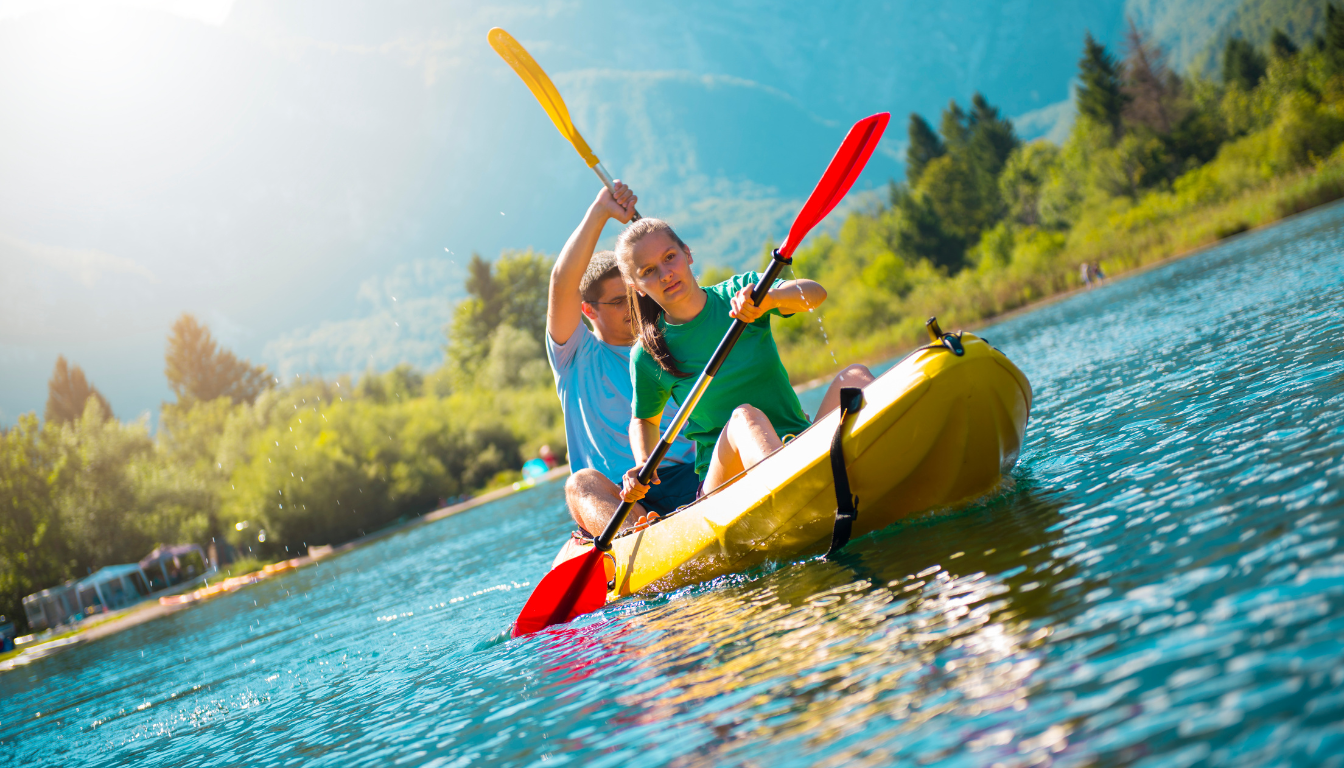
For beginners, learning the basics of kayaking is key for a safe and fun time on the water. About 60% of new kayakers like sit-on-top kayaks for their stability. The other 40% choose sit-in kayaks. Most beginners, around 80%, prefer single kayaks for better control.
Learning the sculling stroke is a must. It means keeping the paddle in the water and moving it in a figure-eight to move forward slowly. This is great for tight spaces or to not scare away wildlife. About 75% of new kayakers find longer paddles help with keeping good form.
Experts say wider paddle blades are better for beginners. They give more resistance and help keep you stable. Around 70% of instructors suggest wider blades at the start. Don’t forget a paddle leash to keep your paddle if you drop it while getting your gear.
| Safety Equipment | Percentage of Beginner Kayakers |
|---|---|
| Type III Life Jackets | 85% |
| Type V Rescue Vests | 15% |
| Dry Bags | 90% |
| Bilge Pumps (River Kayaking) | 60% |
| Bilge Pumps (Lake Kayaking) | 30% |
As you get better, you’ll learn more like the forward stroke and reverse stroke. These will help you handle different waters and move more efficiently. Kayaking works out your whole body, so focus on keeping good form and using your core. With time and effort, you’ll be exploring new places and enjoying kayaking’s many perks.
Top Destinations for Unforgettable Kayaking and Canoeing Experiences
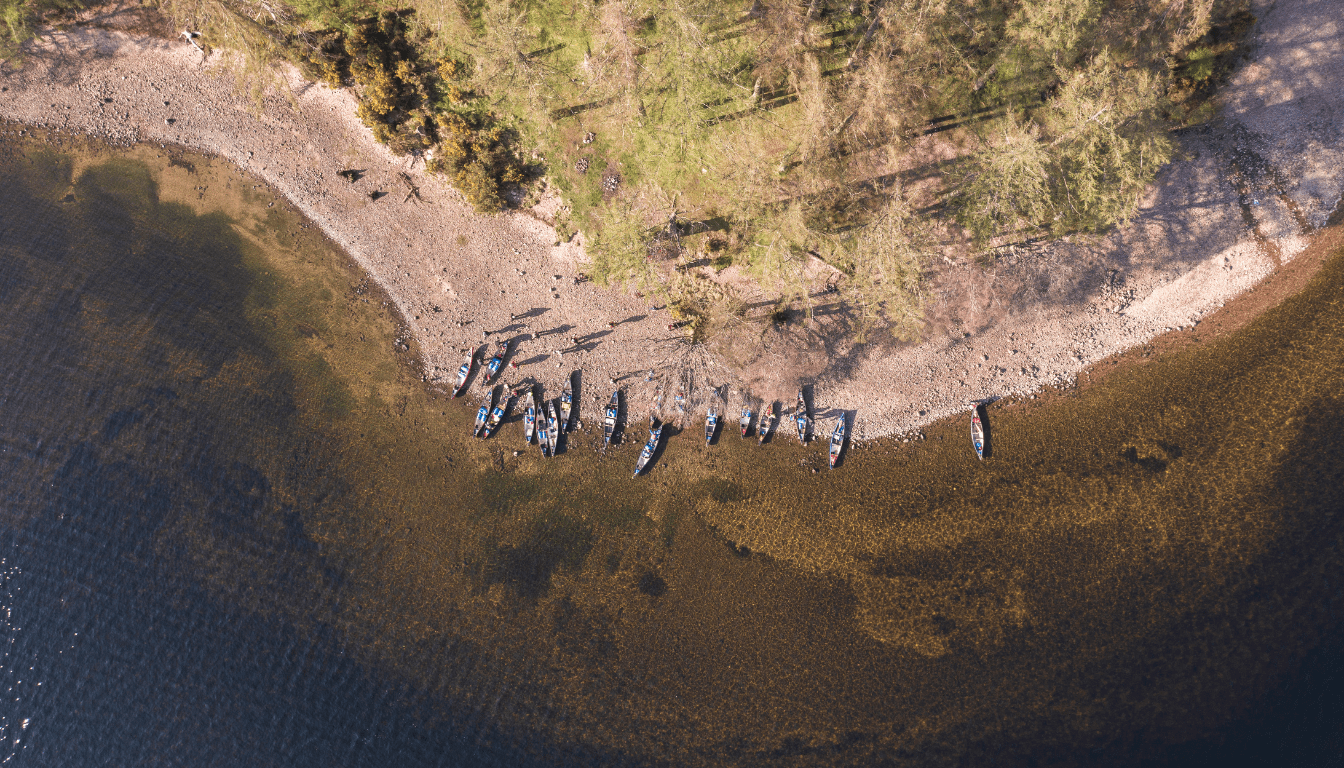
I love exploring the world’s coastlines and waterways by kayak. From the clear waters of the Caribbean to Alaska’s rugged fjords, each place is unique. These spots are perfect for both experienced and new paddlers.
Exploring the Breathtaking Coastlines and Inland Waterways of the United States
The U.S. has many amazing places for paddling. In Texas, Cleburne State Park and Caddo Lake are great for wildlife watching. You can see snakes and birds in these areas.
For a challenge, try the Na Pali Coast in Hawaii. It’s a 17-mile paddle with sea cliffs and valleys. You can see caves and waterfalls along the way.
Alaska’s Kenai Fjords is another great spot. It has fjords carved by glaciers and lots of wildlife like seals and whales. The Sea of Cortez in Mexico is also amazing, with many fish and marine mammals.
International Paddling Paradises: From Canada to New Zealand
There are amazing places to paddle outside the U.S. too. Canada’s Haida Gwaii is great for seeing seabirds and learning about First Nations history. Northern Vancouver Island is where you can see orcas and humpback whales.
The Caribbean offers clear waters and colorful marine life. The Galapagos National Park in Ecuador is famous for its unique wildlife. New Zealand’s Milford Sound has stunning peaks and waterfalls perfect for paddling.
| Destination | Highlights | Best Time to Visit |
|---|---|---|
| Cleburne State Park, Texas | Wildlife observation, natricine snakes, diverse birdlife | Spring and Fall |
| Caddo Lake, Texas | Cypress swamps, rich ecosystem, birding opportunities | Spring and Fall |
| Na Pali Coast, Hawaii | Towering sea cliffs, lush valleys, caves, waterfalls | Summer months |
| Kenai Fjords, Alaska | Glacial-carved fjords, harbor seals, sea otters, whales | June to August |
| Haida Gwaii, Canada | Exceptional seabird sightings, rich First Nations history | July to September |
| Galapagos National Park, Ecuador | Unique wildlife sightings, diverse landscapes | December to May |
Kayaking and canoeing offer endless adventures and exploration. Whether you like calm inland waters or exciting coastal paddling, these places will give you unforgettable experiences and memories.
Guided Tours and Rentals: Making Your Adventure Accessible
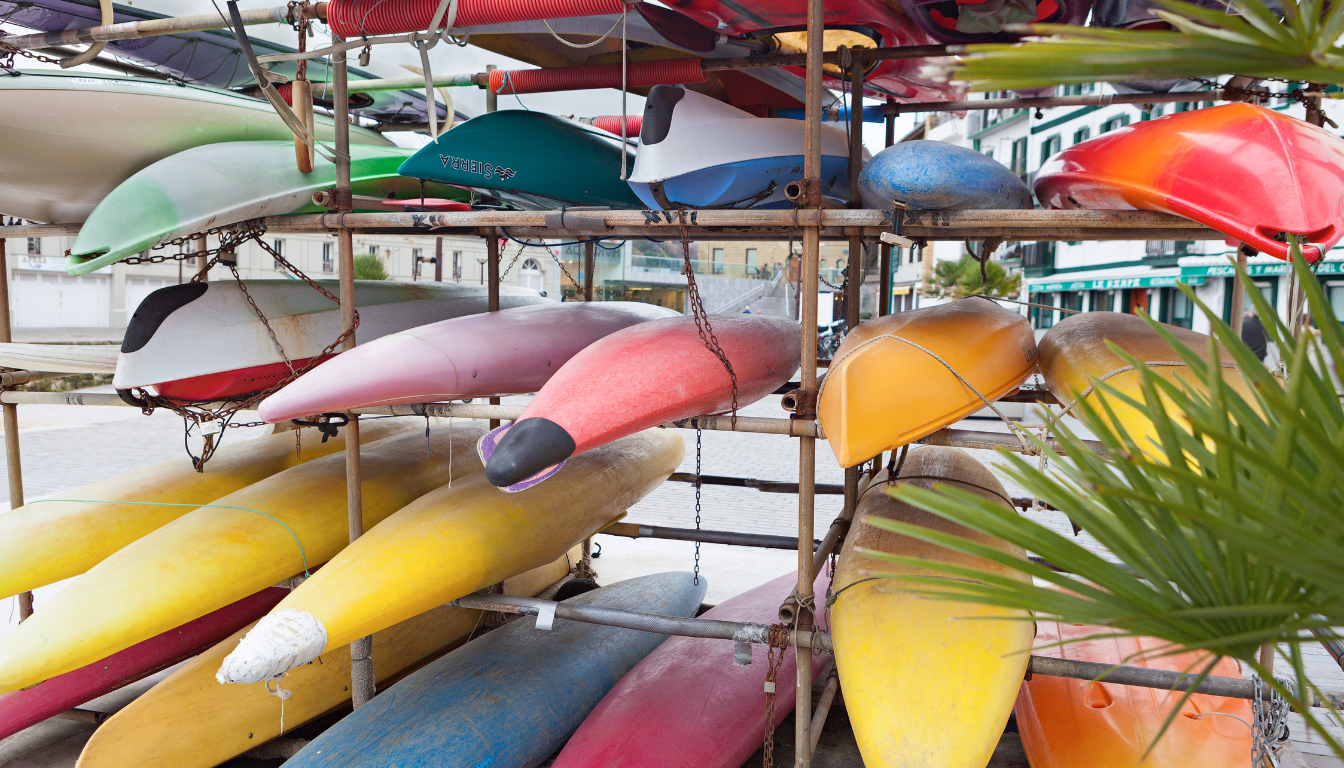
Starting a kayaking or canoeing adventure doesn’t have to be hard, even if you’re new or don’t have the right gear. With guided tours and rentals, you can dive into the fun of paddling without the stress of finding your way or buying expensive equipment.
The Benefits of Joining Guided Kayaking and Canoeing Tours
Guided tours are great for both newbies and experts. You’ll learn from skilled instructors who share tips on how to paddle safely and about the local environment. Tours like those from Great Escapes Kayak Expeditions also teach you about the area’s history and nature, making your trip more interesting.
Guided tours also let you meet other people who love to paddle. You’ll make new friends and have fun together as you see beautiful places like The Waccamaw River and Waties Island.
For a special experience, try Moonlight Paddles or Twilight Paddle Tours. These tours let you see nature’s beauty under the moonlight or at dusk.
| Tour | Price Range (per person) |
|---|---|
| Secluded Lazy River Kayak Tour | $30 – $45 |
| Private Barrier Island Kayak Tour | $40 – $45 |
| Coastal Marsh Kayak Tour | $30 – $35 |
Rent Your Gear: Kayak and Canoe Rentals for Flexibility and Convenience
If you like to paddle on your own, renting kayaks or canoes is a good choice. It lets you explore at your own speed and time. Places like Canoe and Trail offer different rentals for short trips or all day, so you can pick what fits you.
“Renting a kayak from Canoe and Trail was the best decision I made during my trip to Florida. The staff was friendly and helpful, and the equipment was top-notch. I had an incredible time paddling through the serene waterways and even spotted some dolphins along the way!”- Sarah, California
Renting gear means you get good prices and well-kept equipment. For example, at Canoe and Trail, kayaks start at $30 for two hours for one person and $45 for two people. They also have mountain bikes and beach cruisers for more outdoor fun.
With guided tours and rentals, the world of kayaking and canoeing is open to you. Whether you’re experienced or just starting, these options make it easy to enjoy the water and make memories in nature.
Paddling with Wildlife: Encountering Nature Up Close
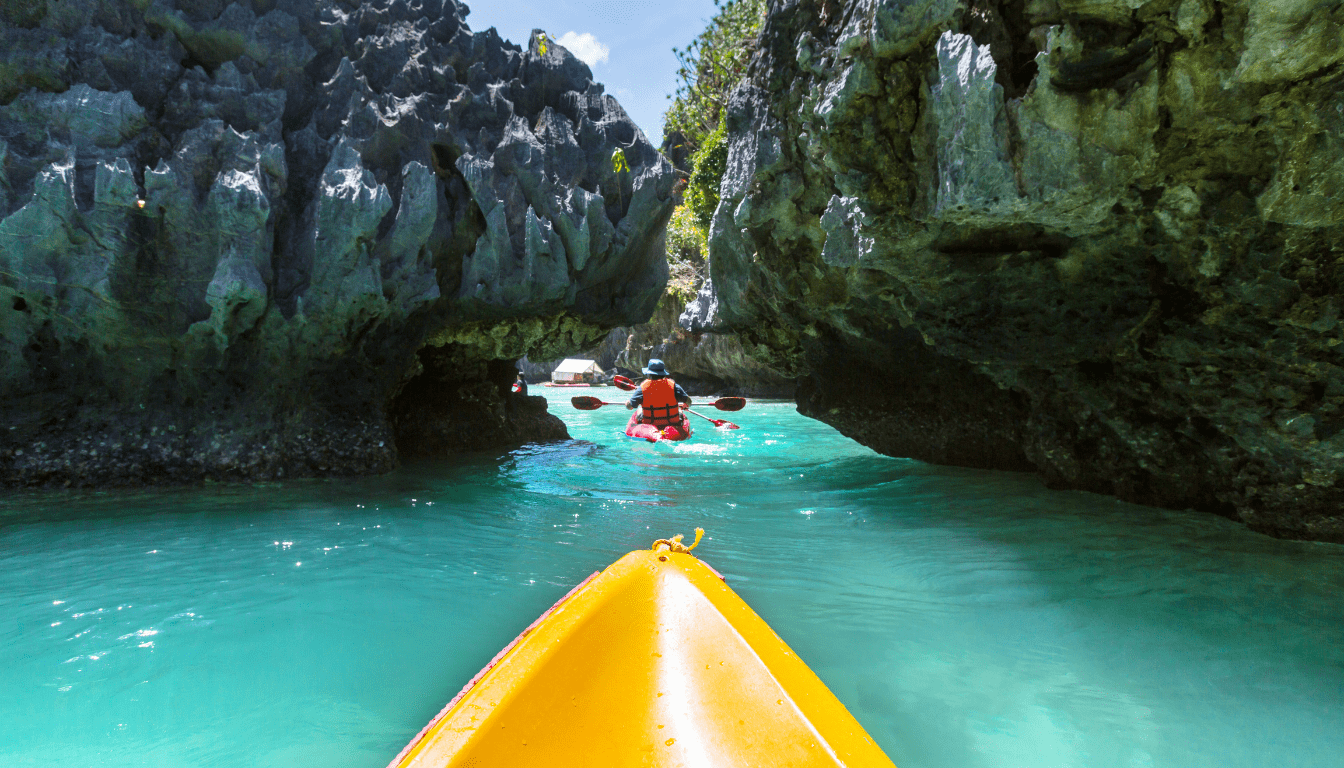
Kayaking and canoeing let me see wildlife up close. As I move through the water, I feel part of nature. I can get close to animals like wild hogs and deer without scaring them.
I change my pace to spot animals better. Moving, drifting, or just watching works well. Some animals don’t mind me at all, giving me a special view.
| Tour Type | Duration | Age Range | Adult Price | Child Price |
|---|---|---|---|---|
| Daytime Mangrove Tunnels | 2 to 2.5 hours | 4 years and above | $50 | $35 |
| Night Tours & Bioluminescence | 90 to 120 minutes | 4 years and above | $50 | $35 |
Bioluminescent kayaking tours start in June and are magical. Paddling in glowing waters connects me deeply with nature.
Most guests on kayak tours have never kayaked before, making it an accessible and exciting way to explore nature and witness wildlife up close.
For a deep wildlife experience, try a guided kayaking or canoeing tour. Guides and planned routes ensure unforgettable moments with water creatures.
Kayak Fishing: Combining the Thrill of Angling with Paddling
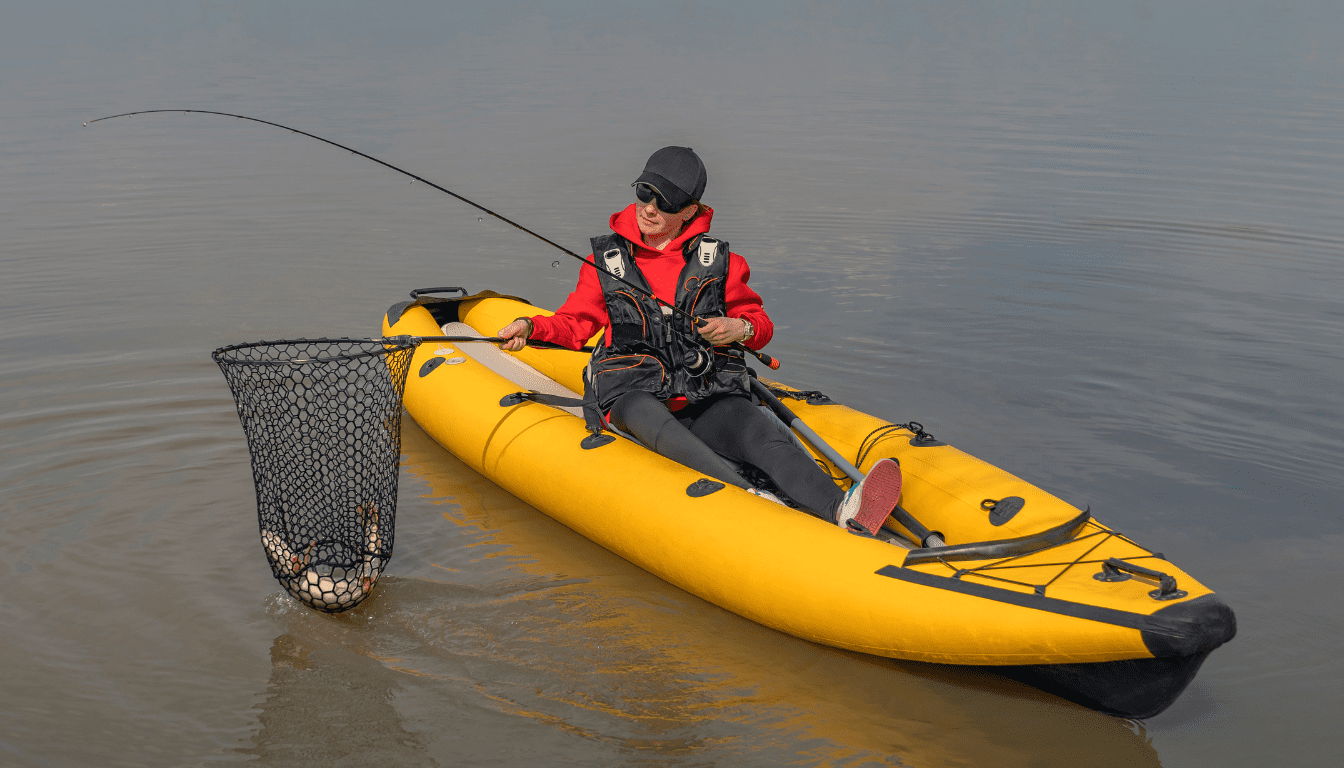
I love the outdoors, and kayak fishing is a big part of that. It mixes the fun of fishing with the calm of paddling. This sport is growing fast, bringing people closer to nature and their catch.
Kayak fishing is getting more popular, and it’s easy to see why. Kayaks move quietly on the water, helping you sneak up on fish without scaring them away. They also let you reach places big boats can’t go, like hidden spots full of fish.
Techniques and Tips for Successful Kayak Fishing
To do well in kayak fishing, learn some key tips. Keep quiet and stay hidden to not scare the fish. Use your kayak to get into the best spots, like casting near weeds or through underwater structures.
When kayak fishing, patience and finesse are your greatest allies. Take your time, read the water, and let the fish come to you.
Knowing about the fish you’re after is also key. Learn what they like to eat and when they’re most active. Always try to release fish back into the water to help keep the fish populations healthy.
Recommended Gear for the Kayak Angler
Having the right gear is important for kayak fishing. Look for a fishing kayak with lots of storage and places to hold your gear. Here are some must-haves:
- Lightweight and versatile fishing rods and reels
- Assorted lures, baits, and terminal tackle
- Compact tackle storage solutions
- Kayak-specific anchor system
- Fish finder or GPS unit for navigation and locating fish
- Personal floatation device (PFD) for safety
Choose gear that’s easy to carry and lasts a long time. This helps you save space and stay comfortable on your kayak.
| Kayak Fishing Gear | Percentage of Kayak Anglers Using |
|---|---|
| Fishing-specific accessories (rod holders, tackle storage, fish finders) | 45% |
| Personal Floatation Devices (PFDs) | 67% |
Many kayak anglers use special gear and focus on safety. This shows how important it is to have the right equipment and to prioritize safety.
Kayak fishing lets you enjoy nature, test your fishing skills, and make memories. With the right gear, techniques, and attitude, you’ll love this outdoor adventure.
Canoeing and Kayaking for Families: Creating Lasting Memories
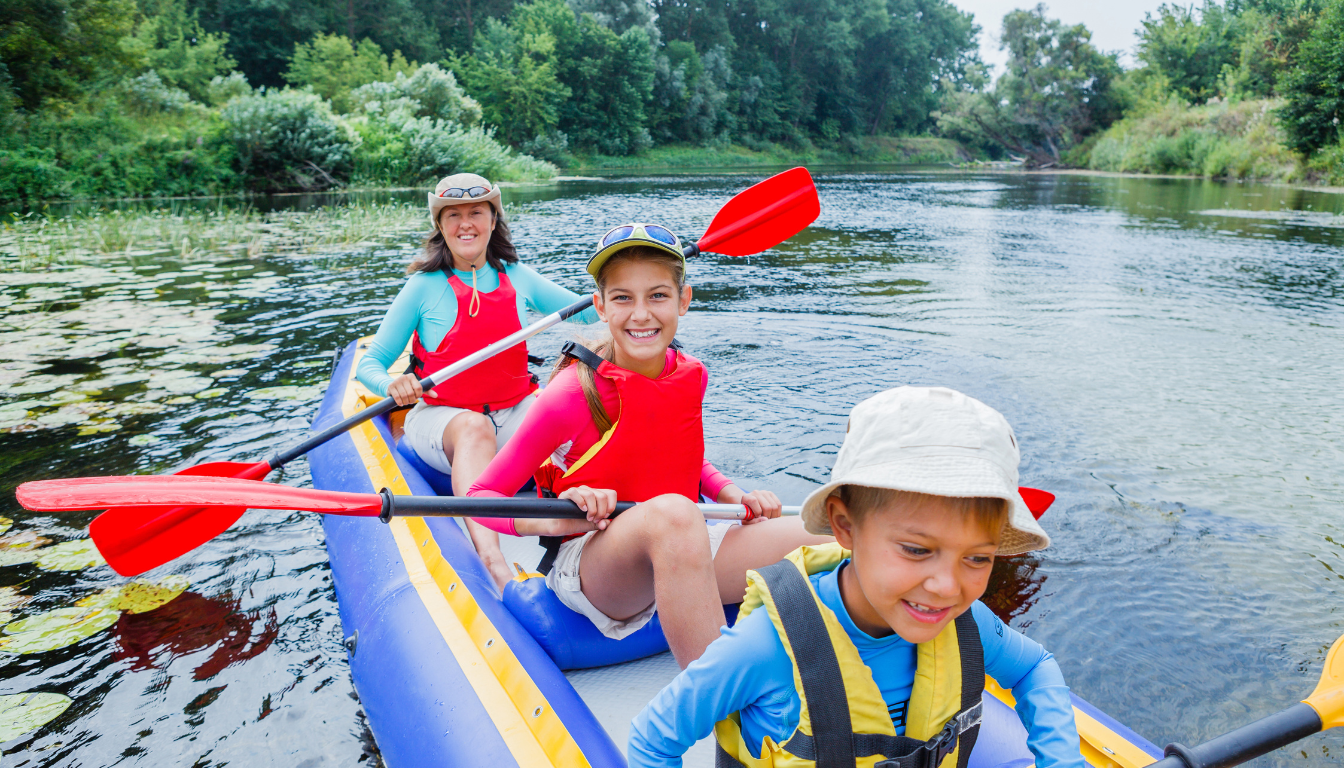
We’ve found that family-friendly paddling is a great way to make memories. Kayaking and canoeing let families bond, explore nature, and stay active together. It’s perfect for all ages.
Kayaking is great for kids as young as 3 or 4 who can ride in a tandem kayak with an adult. By 6 or 7, kids can paddle their own kayak in calm waters. This makes it a fun family activity.
Kayaking is good for your health and helps families work together. It teaches teamwork, communication, and togetherness. Paddling together, we learn to work as a team and enjoy nature’s beauty.
Kayaking has become our family’s favorite way to unwind and connect with each other and with nature. It’s an adventure we look forward to every summer!
Kayaking needs some upfront cost for gear, but it’s not too expensive. Renting equipment is also an option, making it easy to try without a big buy.
Family kayaking lets us connect with nature. Exploring waterways helps kids appreciate the environment and its importance. It’s a chance to see wildlife, learn about ecosystems, and bond with nature.
| Benefit | Description |
|---|---|
| Stress Relief | Kayaking on calm waters is highly effective in reducing stress and anxiety for all age groups. |
| Versatility | Kayaking can be combined with other activities like fishing, camping, and bird watching. |
| Shared Experience | While solo kayaking offers solitude, sharing the experience with family enhances joy and enrichment. |
In our family, kayaking is the best way to make lasting memories. It promotes a healthy lifestyle and a love for nature. Whether we’re on gentle rivers or scenic lakes, each trip brings us closer together.
Paddling Safety: Essential Tips and Best Practices
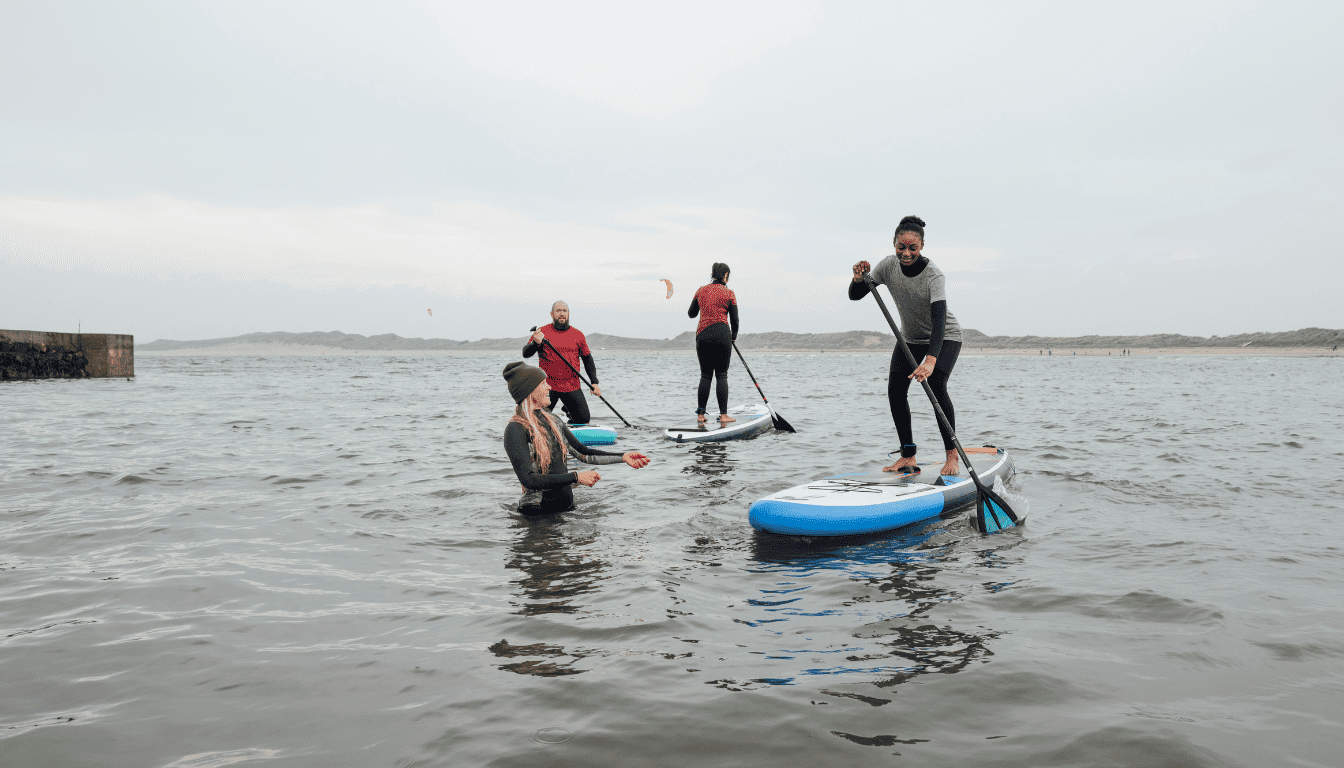
When you start kayaking and canoeing, always put water safety first. By following key safety tips, you can have a fun and safe time on the water.
First, always wear a life jacket that fits well. The U.S. Coast Guard says 84 percent of those who drowned in boating accidents weren’t wearing life jackets. In Iowa, you must wear life jackets on all watercraft, like kayaks and canoes. The American Canoe Association’s “SmartStart” brochure is a great guide for safety.
Understanding Weather Conditions and Water Hazards
Before you go paddling, know the weather and water hazards. Cold water can cause hypothermia quickly. Dress in layers you can adjust easily.
Be aware of dangers like deadheads and sweepers on moving water. Stay focused on safety and don’t get distracted by nature. If it’s raining, prioritize your safety and find shelter if you can.
The Importance of Wearing a Life Jacket and Being Prepared
Wearing a life jacket is just one important safety step. Here are more ways to stay safe on the water:
- Pick places to paddle that match your skill level to avoid trouble.
- Practice getting back into your kayak from the water. This is key for saving yourself.
- Plan your safety gear based on your trip size and type. Don’t forget a whistle, flashlight, and extra paddle.
- Tell someone your paddle plan and when you expect to return. This helps if you’re late.
- Avoid drinking alcohol while paddling. It clouds your judgment and raises the risk of accidents.
By following these safety tips and practicing your skills, you can enjoy your kayaking and canoeing trips more while staying safe.
“Safety is always our top priority. By wearing a life jacket, understanding weather conditions, and being prepared, we can enjoy the beauty of paddling while minimizing risks.”
The 2024 Iowa DNR Canoe and Kayak Schools are great for learning how to paddle better and getting new skills. They’re taught by experienced instructors. Learning more about paddling is a big part of staying safe on the water.
Kayaking and Canoeing Clubs: Connecting with Fellow Paddling Enthusiasts
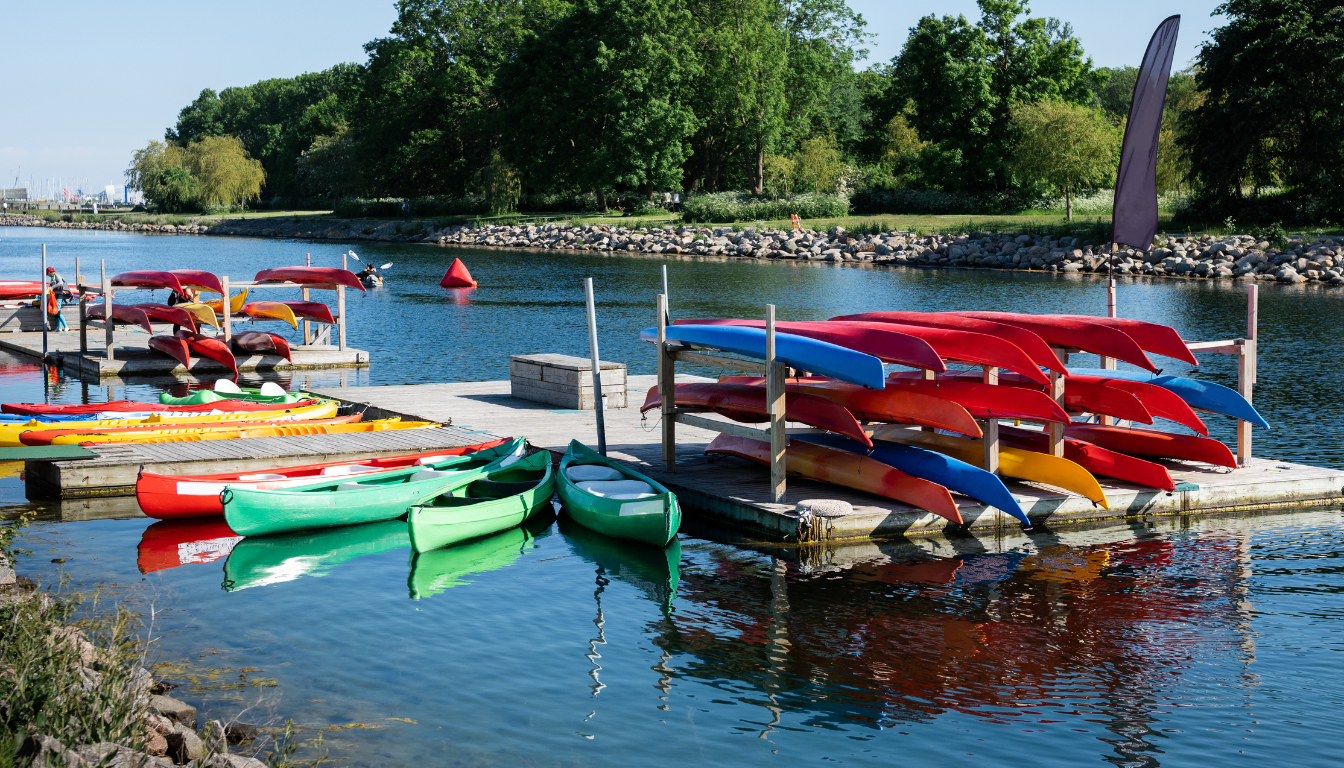
As a keen kayaker, I’ve found that the sport brings people together like nothing else. Being part of a club has opened doors to a vibrant community. It’s where I’ve made lasting friends and had unforgettable moments on the water.
With many adults feeling lonely, activities like kayaking can really help. Clubs plan regular trips for all skill levels. They offer a place to learn, grow, and meet others who love the sport.
Kayaking workshops, tours, and events have sharpened my skills and introduced me to a wide range of people. Whether we’re tackling rapids or cruising on calm lakes, the shared adventure and camaraderie create strong bonds.
“Joining the Fairbanks Paddlers club has been a game-changer for me. Not only have I explored stunning Alaskan wilderness, but I’ve also found a supportive community that feels like family.”
Many clubs also focus on protecting the environment. Working together on river cleanups and conservation efforts has made me appreciate our waterways more. It shows how important it is to keep them safe for the future.
| Club Name | Location | Focus |
|---|---|---|
| Birmingham Canoe Club | Birmingham, AL | Advancing and enjoying paddle sports, conserving waterways |
| Arkansas Canoe Club | Little Rock, AR | Paddling various water bodies across four states |
| Colorado Whitewater | Denver, CO | Promoting whitewater sports, safety, and competitions |
| Diversify Whitewater | Loveland, CO | Promoting diversity, equity, and inclusion in paddlesports |
If you want to join the paddling community, here are some steps to take:
- Look for local kayaking and canoeing clubs near you
- Go to kayaking workshops, tours, and events
- Join online groups, like social media and forums
- Check out kayaking shops and rental places for event info and groups
Being part of the kayaking and canoeing community has changed my life. It gives me a sense of belonging and purpose. Plus, it opens up endless adventures. So, pick up your paddle and join the fun – you’ll find new friends and adventures waiting for you!
Maintaining Your Kayak or Canoe: Tips for Longevity and Performance
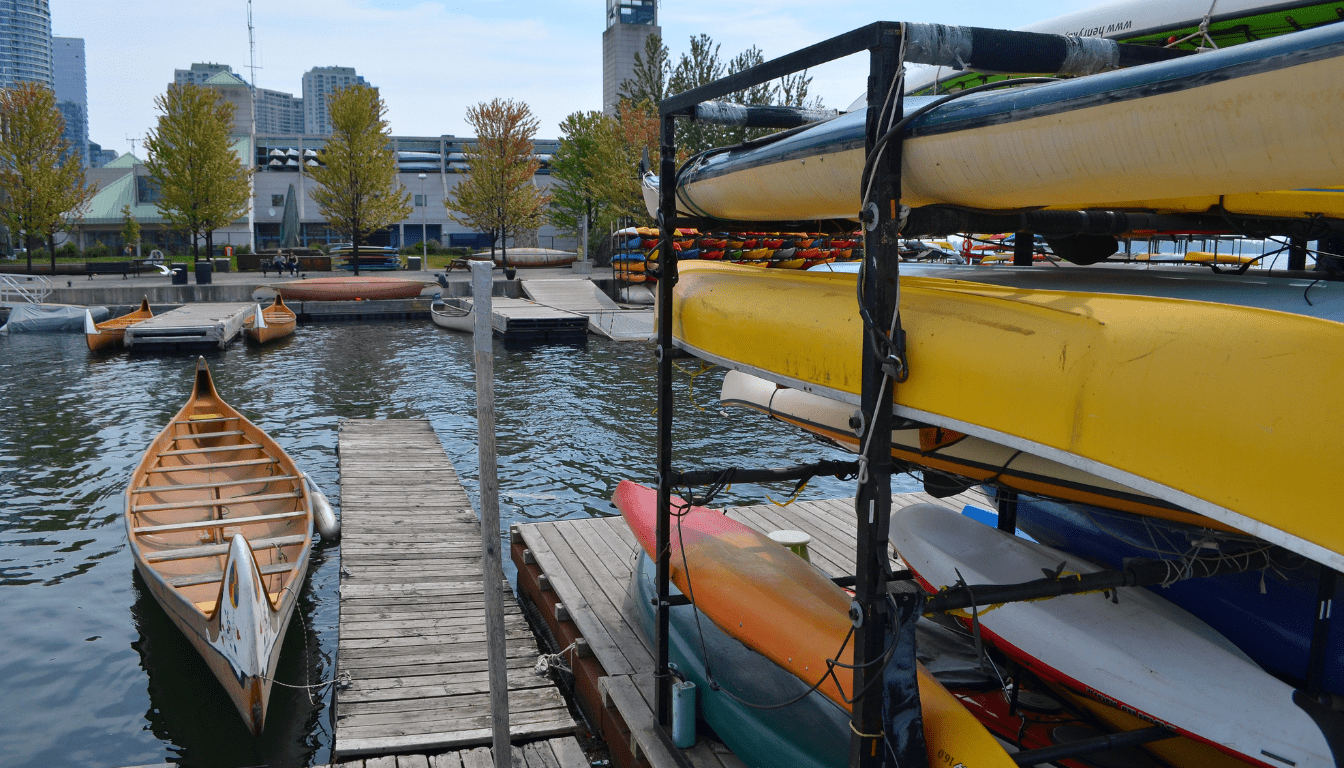
As an avid paddler, I know how crucial proper kayak maintenance and canoe care are. Taking good care of your watercraft extends its life and keeps it performing well on every trip. Whether you’re paddling in the calm waters of Japan or tackling exciting rapids, these tips will help keep your kayak or canoe in great shape.
Cleaning your kayak or canoe regularly is key, especially after saltwater use. Saltwater can harm your watercraft if not rinsed off. I rinse my kayak with fresh water after each trip, focusing on the hardware and areas where salt can hide. For a deeper clean, I use mild, eco-friendly soap and a soft brush to get rid of tough dirt or stains.
Storing your watercraft properly is also vital. I keep mine in a cool, dry spot, away from sunlight and extreme temperatures. If you have a folding kayak like the Oru Inlet, follow the maker’s storage and folding instructions to keep it in top shape.
Having a repair kit is a wise choice for any paddler. I always carry an Oru Kayak repair kit, which includes glue, primer, and patches. At about $15, it’s a small investment for peace of mind and quick repairs on the go.
| Maintenance Task | Frequency |
|---|---|
| Rinse with fresh water | After each use |
| Thorough cleaning | Every few months |
| Inspect for damage | Before and after each trip |
| Store in cool, dry place | Always |
Your paddles are just as important as your kayak or canoe. I rinse them with fresh water after each paddle, especially after saltwater use. Every ten uses, I give them a deep clean with mild soap and water. Carbon fiber paddles are my choice for their strength and resistance to rust, but I check them often for damage or wear.
A well-maintained kayak or canoe is a reliable partner on every paddling journey, whether you’re exploring local waterways or embarking on international adventures.
By following these simple yet effective tips, your watercraft will stay in top shape. This means you’re ready for many memorable paddling trips ahead. Happy paddling!
Eco-Friendly Paddling: Minimizing Your Impact on the Environment
As a passionate kayaker, I think it’s key to practice sustainable paddling. This way, we can protect the beauty of nature. Using a reusable metal flask or canteen instead of disposable bottles is a simple step. It helps reduce the billions of plastic pieces that end up in our waterways yearly.
Be careful with your steps in remote areas. Avoid walking on fragile dunes or banks to prevent erosion. This keeps the environment safe for future adventures.
Choosing gear made from recycled materials is another way to be eco-friendly. Look for paddles, pedals, and kayaks that are recycled. Always dispose of waste properly to prevent pollution. Learn about leave no trace principles and follow local rules.
When picking sunscreen, go for reef-safe options. These formulas don’t have harmful chemicals like oxybenzone that can harm coral reefs.
If you’re planning a kayaking trip to Charleston, South Carolina, think about renting from Nature Adventures. They’re known for their eco-friendly practices. They offer advice on how to view wildlife responsibly and work with conservation groups to protect the area’s ecosystems. By choosing sustainable paddling habits, we can keep our waterways clean for the future.
FAQ
What types of kayaking and canoeing adventures are available in Covington, Louisiana?
In Covington, you can enjoy a relaxing adventure on the Bogue Falaya River. You can paddle in solo or double kayaks, canoes, paddleboards, and even kids kayaks. After your paddle, grab a beer and some delicious NOLA food at The Chimes Restaurant.
What makes Canoe and Trail Adventures unique?
Since 1972, Canoe and Trail Adventures has been offering unique canoe and kayak swamp tours. These tours are guided by Louisiana Master Naturalists. You’ll see swamps with cypress trees and marshes leading to Lake Pontchartrain.
What should I bring on a kayaking or canoeing adventure?
Canoe and Trail Adventures provides all the gear you need, including life vests and equipment cases. But, don’t forget a dry bag for your phone. Always wear a life jacket and secure your items with lanyards and tie-downs.
What paddling techniques should I learn for a more enjoyable experience?
Learn sculling strokes for slow and steady movement. Also, get a paddle leash to keep your paddle attached. Canoe paddles are great for underwater use, reducing noise and light disturbance.
Where are some good spots for observing wildlife while kayaking or canoeing?
Cleburne State Park and Caddo Lake are great for wildlife spotting. Look for snakes and birds in areas with tall vegetation. Move and observe quietly to see more animals.
Is transportation provided for guided kayaking and canoeing tours?
Yes, Canoe and Trail offers transportation on their daily tours and some twilight paddles.
Are paddling adventures suitable for families?
Absolutely! Paddling is perfect for families, creating memories in nature. Canoe and Trail Adventures also offers educational outings for schools and groups.
What safety precautions should I take while kayaking or canoeing?
Always wear a life jacket. Be careful with moving water and wildlife. Stay safe in rainy conditions and respect large game.
How do Canoe and Trail Adventures guides ensure an eco-friendly experience?
Guides at Canoe and Trail are eco-friendly and respect wildlife. They don’t feed the animals, keeping the environment safe.





















